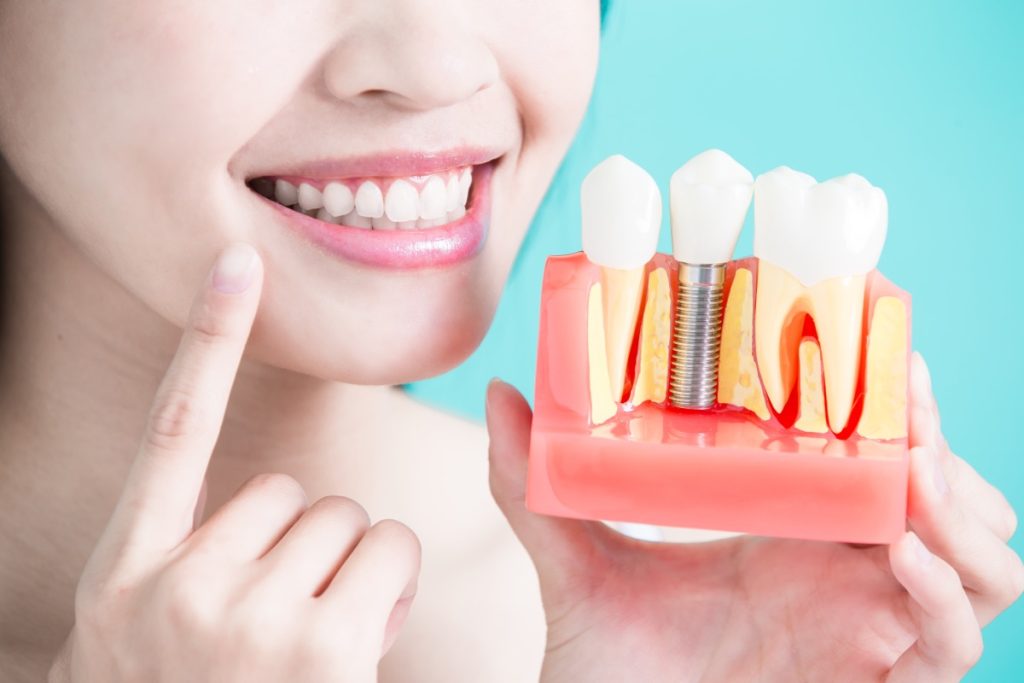If you are an adult dental patient who has lost a tooth or teeth due to decay, disease or trauma, you may be looking for a way to replace them without the fuss or inconvenience that can come with other restorative methods, where teeth look false.
This is why dental implants Wagga have become so popular among dentists and patients alike.
But before you decide to book yourself in for a consultation to discuss oral implants with your dentist, it would be best to do a bit of background reading first! Here, oral implants are discussed as well as what you can expect from the entire procedure, so you can determine if they are the right treatment for you.
Oral implants; what are they?
Oral implants are small titanium rods (that can actually look more like screws) which are placed into the jaw of a patient and fuse over time.
The most commonly used implant type in dental care today is the endosteal implant, but other options include zygomatic, subperiosteal and mini implants.

As the implants are made from titanium, they can fuse with the surrounding bone easily, while also eradicating most issues of rejection from the body’s immune system. Once they have fused to the bone, your dentist will then place the prosthetic tooth or teeth on top of them, holding the teeth firmly in place.
Initial consultation
Of course, before you can undertake this procedure you will have to attend an initial consultation.
During this, your dentist will need to take X-rays of your jaw in order to determine if you have an acceptable amount of jawbone to undertake the process. They will also assess the condition of your gums and teeth, while conducting a health questionnaire to assess any interaction between underlying health conditions and the success of the implant procedure itself.
If it is determined that you are not suitable for oral implants, your dentist will likely offer you a different restorative such as dentures or bridges.
The fitting
If you are deemed suitable for implants, the next stage can begin!
The fitting will involve your gum being numbed with a local anaesthetic and an incision being made into the gum line, assuming that you do not have an already open socket. Using a drill, your dentist will create a small hole in a pre-chosen location and will then fit the implant.
The gum will then be sewn up around the implant and the procedure is complete. You can expect this stage to take up to an hour, based on the location of where the implant is being fitted.
Aftercare and prosthetics
The aftercare for a newly fitted implant is relatively simple; avoid placing pressure on it, keep the site clean using salt water and keep an eye out for infection.
You also need to attend check-ups with your dentist every few weeks so they can assess if the implant is fusing or not.
Depending on your age and general health, after around 3 to 6 months, you will be called back to have the prosthetic tooth or teeth fitted. This process takes around an hour and your new teeth are ready to use right away.
Dental care and longevity
Gum disease can have a negative impact on the longevity of all implants and so once they are fitted you will need to attend dental check-ups every six months. If you do this, it is likely your oral implants will last for 15 years or more.
DISCLAIMER OFFSITE
Any surgical or invasive procedure carries risks. Before proceeding you should seek a second opinion from an appropriately qualified health practitioner.
